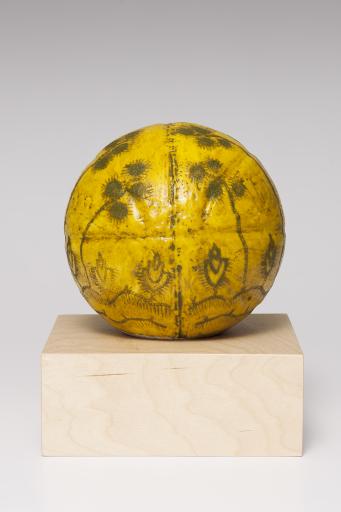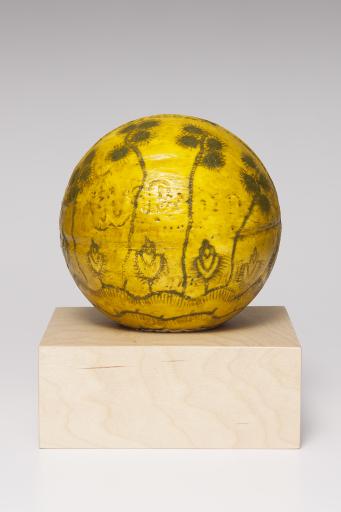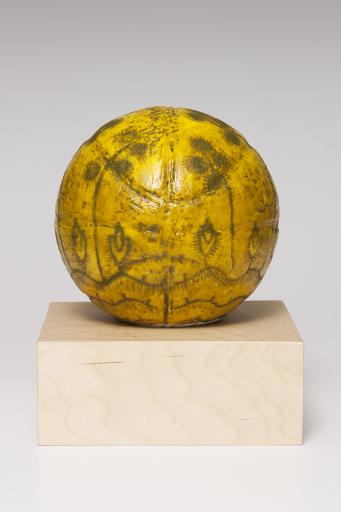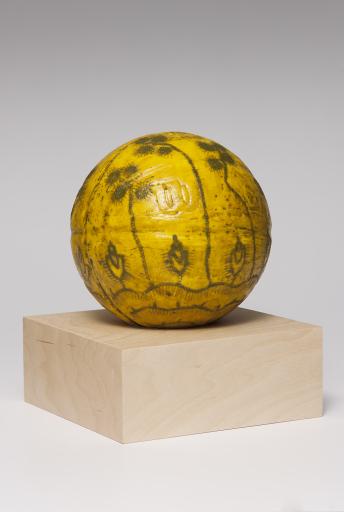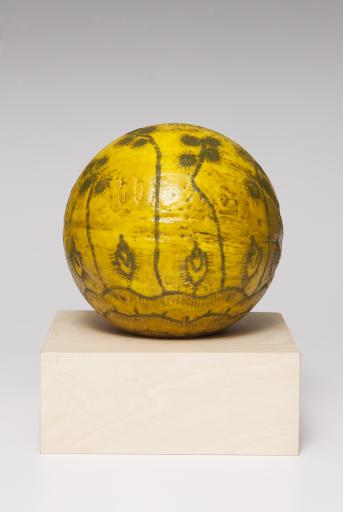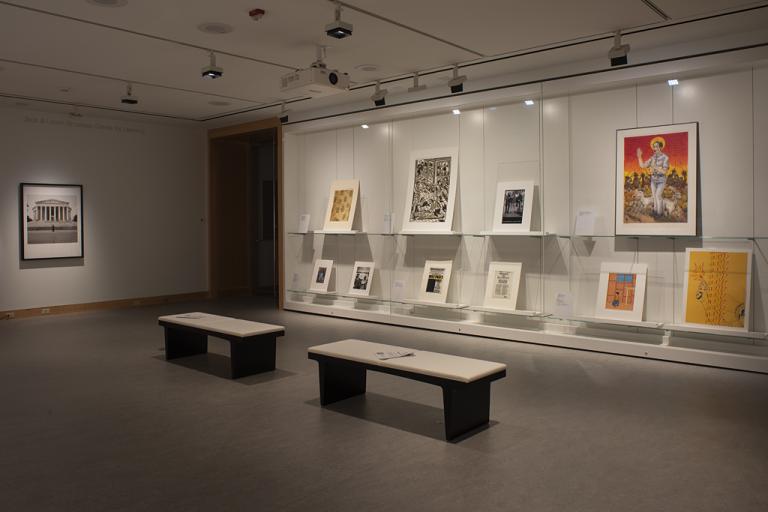Honoring Modern Unidentified .3, Gina Adams
Artwork Overview
Gina Adams, artist
born 1965
Honoring Modern Unidentified .3,
2013
Where object was made: Lawrence, Kansas, United States
Material/technique: ceramic; oil; encaustic
Dimensions:
Object Height/Diameter (Height x Diameter): 23 x 23 cm
Object Height/Diameter (Height x Diameter): 9 1/16 x 9 1/16 in
Object Height/Width/Depth (Height x Width x Depth): 31.5 x 25 x 25 cm with base
Object Height/Width/Depth (Height x Width x Depth): 12 3/8 x 9 13/16 x 9 13/16 in
Object Height/Diameter (Height x Diameter): 23 x 23 cm
Object Height/Diameter (Height x Diameter): 9 1/16 x 9 1/16 in
Object Height/Width/Depth (Height x Width x Depth): 31.5 x 25 x 25 cm with base
Object Height/Width/Depth (Height x Width x Depth): 12 3/8 x 9 13/16 x 9 13/16 in
Credit line: Museum purchase: Peter T. Bohan Art Acquisition Fund
Accession number: 2014.0033
Not on display
If you wish to reproduce this image, please submit an image request

